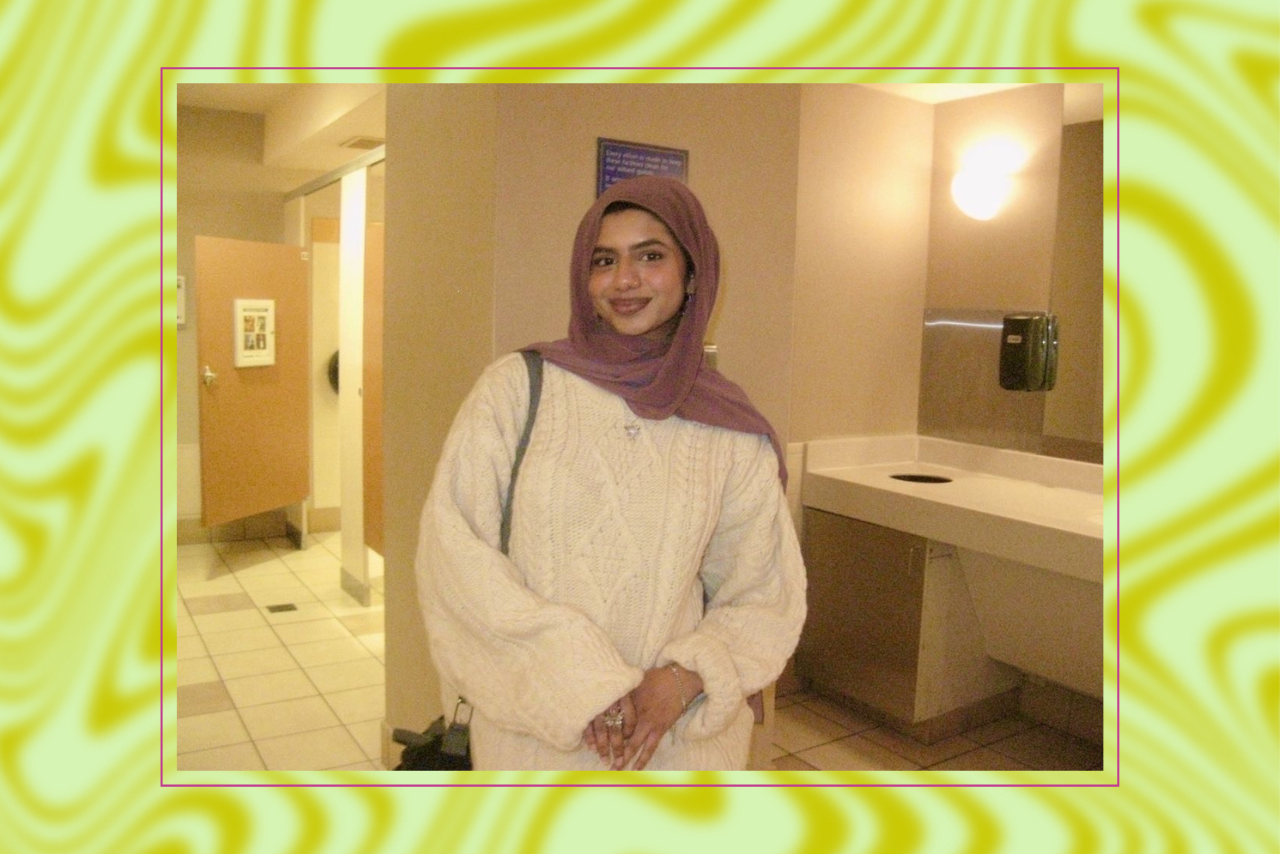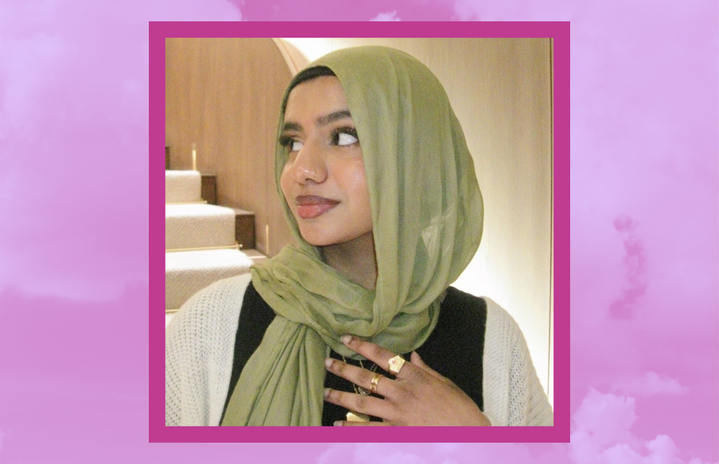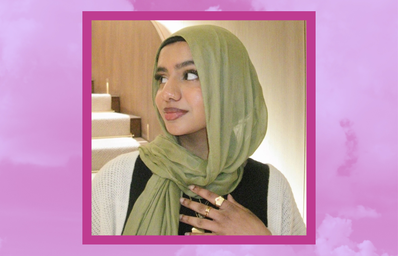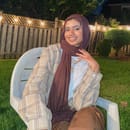Growing up as a Pakistani Muslim in the West, I’m often met with surprise when I tell people the hijab — a symbol of modesty and faith for Muslim women — was never a strong part of my upbringing.
In fact, the hijab was not a topic of discussion in my household at all. Even though I’m from a South Asian community, it wasn’t until I was in middle school that I became friends with girls who wore the hijab, while sharing the same religion as me, that I began to question why they were doing this and I wasn’t.
I began surfing the internet and Pinterest (the OG fashion mood board) to get a glimpse of other women who wore the hijab. When I asked my parents about it, they mentioned it was something that Muslims wore, but that was it — they didn’t elaborate. (They grew up in Pakistan, where some see the hijab as conservative and lacking modernity.) Through the never-ending questioning of my friends who wore hijab, paired with my own research, I discovered that the Quran explicitly called upon Muslim women to cover. I knew I wanted to be a part of those Muslim women.
When I initially wore the hijab, I thought I would feel that high of stepping into my faith forever. But as I grew into adulthood, I found this was untrue. Although the modesty brought peace to my life, I’ve been met with the occasional jab from aunties in my community. They’ve questioned why I would waste my beauty and my youth, or joke about how I must be “so conservative.”
The West is often unkind to hijabis, leaving me to contemplate my decision and everyday safety. I’ve wondered if my life would be more fulfilling if I chased traditional beauty standards. I’ve questioned what drove me to choose a different path of self-presentation in contrast to those around me. I’ve uncomfortably maneuvered through efforts to break down a new individual’s preconceived notion of me, which is tiring, to say the least.

My relationship with the hijab now is quite like a relationship with a sister. There are days I hold the love for the modesty that comes with hijab close to me. On other days, I don’t wear it as best I know I should, pulling it back or wearing it loosely, because when I woke up that morning I couldn’t stand to wear it at all. Despite this, the hijab continues to protect me in unspoken ways; it connects me to a sisterhood of those who share my faith, and can sometimes be the only thing that illuminates me in a room where nobody looks like me. I’m learning the hijab shows others resilience, especially in a world that prioritizes external beauty. I present the teachings of the Quran every time I go outside— which can be a lot of pressure, but it is also so, so beautiful. That is the beauty that I carry when I wear the hijab, the beauty that my ancestors and the women of my faith carry too.
Islam teaches us that Imaan, or faith, is a rising and falling journey that continues through life, quite like the levels of the sea. My love for the hijab mirrors this journey. To me, the hijab feels like a rope that connects me to my faith. When I find myself lacking a religious connection, I have my hijab. When I struggle with prayers and making the right decisions, my hijab speaks for me. When I have moments of feeling like I am losing my faith completely, I find the solution was looking back at me in the mirror.


